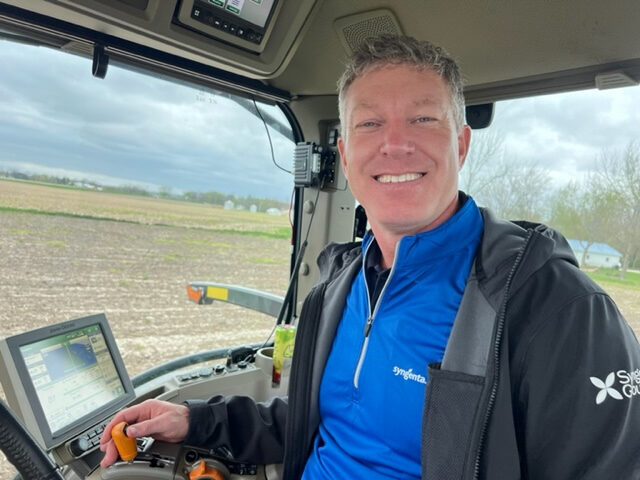Key Takeaways
- Syngenta Group reported a 20% decline in Q1 2024 sales, totaling $7.4 billion.
- CEO Jeff Rowe remains optimistic about the company’s R&D investments in seed varieties and crop protection.
- Despite regulatory challenges, Syngenta’s crop protection pipeline includes three potential blockbuster products.
Strong Headwinds for Syngenta Group
With rising interest rates and tightening profit margins, major agricultural companies, including Syngenta Group, face significant challenges. The company reported first-quarter sales of $7.4 billion for 2024, representing a $1.8 billion or 20% drop compared to a robust performance in Q1 2023. Nonetheless, Jeff Rowe, who became CEO in October, maintains a positive outlook, citing more than $611 million in research and development investments in the U.S. over the past decade, aimed at fostering future growth.
Syngenta, which employs approximately 60,000 people globally across 100 countries, is prioritizing its farming knowledge and innovations. Rowe, being a fifth-generation farmer himself, emphasizes the critical role that effective seed varieties play in the company’s strategy. He believes that the research team, built over several years, is beginning to deliver impactful results that will drive growth in the future.
Growth in Seed and Crop Protection Sectors
Rowe notes that Syngenta’s seed business is experiencing excellent growth opportunities. He reflects on the company’s recent historical success, having been the fastest-growing seed company globally for three consecutive years. Even though Brazil encountered issues that affected last year’s growth, Rowe assures that the overall performance remains strong and there are promising products on the horizon.
In terms of crop protection, Syngenta has consistently demonstrated strength. The recent announcement of three new blockbuster products, all expected to generate over a billion dollars in sales, showcases the robust pipeline the company currently has. This marks a significant achievement, as historically, introducing multiple blockbuster products simultaneously was rare.
Regulatory Pressures and Industry Trends
Rowe acknowledges the ongoing regulatory challenges impacting the agricultural industry, stating that unpredictability in the approval process has increased dramatically. While Syngenta has recently secured a new fungicide registration in the U.K., the complexities and costs associated with regulatory approvals continue to rise.
Moreover, he highlights the evolution of product innovations, noting how the required application rates of active ingredients have significantly decreased over the years. For instance, a recent insecticide needs only 12 grams per hectare, a stark contrast to earlier products requiring 1,000 grams.
Addressing Farmers’ Concerns
Regarding geopolitical concerns, such as Chinese ownership of companies in agriculture, Rowe reassures that this has not altered Syngenta’s operations. He emphasizes the multinational nature of the leadership team and stresses that the company’s core values and commitments remain unchanged.
Rowe addresses ongoing farmer challenges, such as drought resistance. While total drought-resistant crops may not be feasible, he is optimistic about developing new products aimed at improving drought resilience and enhancing current insecticide and fungicide offerings.
Focus on Biologicals and Future Innovations
The company is also heavily investing in biologicals, a growing segment that requires rigorous scientific assessment. Rowe notes the importance of thorough testing and partnerships with innovators in the field to ensure successful product development.
In a broader sense, Rowe expresses cautious optimism about the industry’s cyclical nature and the potential for market recovery. He emphasizes the importance of leadership and responsive management during challenging times, although he remains excited about the new products being developed to tackle existing agricultural problems. The drive to assist farmers remains a core motivation for Syngenta’s efforts moving forward.
The content above is a summary. For more details, see the source article.















